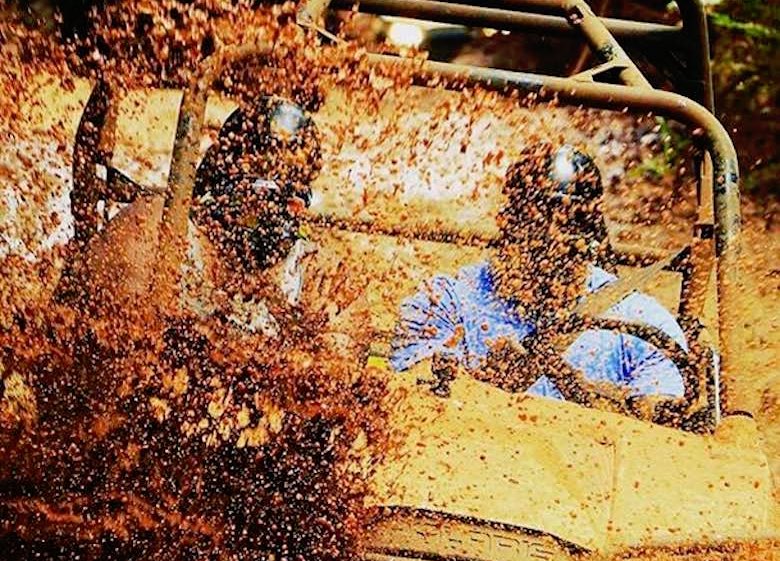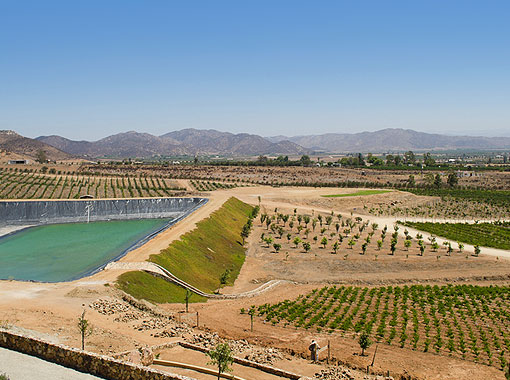Tropical Fruits and Veggies You Must Try

Fruits and Veggies to Try in Mexico and Jamaica
When trying to get the full-on gastronomical experience during your next trip abroad, you can’t beat a quick visit to the local market for sheer authenticity and variety of fresh produce.
Fruits and veggies are typically the best bet for the least adventurous eaters among us as popular offerings like pineapple, passion fruit and mangos are readily accessible sweet treats by themselves or in a variety of dishes.
But what about the lesser known delicacies in Mexico and Jamaica?
That’s why we gathered seven delectable and lesser-known varieties that will please your palate when you indulge in them. Plus, sharing your experience and knowledge about them with your friends will make you look like a culinary expert once you return from your trip.
If you want to see how these native fruits and vegetables are used in the local culinary scene and put to their most flavorful use, then look for them in your favorites dishes at Palace Resorts restaurants or buffets.

Sink Your Teeth Into Color and Flavor
MAMEY. This Mexican favorite looks quite unremarkable, kind of football-shaped with its rugged brown skin. But once you peel it, mamey reveals a sweet, fleshy salmon-colored pulp that’s incredibly popular in ice cream, smoothies, and delicate mousses or perfectly delicious on its own. Don’t dig in too hard, though: The pit (valued as an ingredient in the beauty industry) is hard as a rock!
Look for it at the El Caribeño and Bugambilias buffets along with other local fruit at Moon Palace Cancun.
ACKEE. Ah, Jamaica’s national fruit! As soon as the pear-shaped fruit ripens, the reddish-orange outer flesh will burst open revealing its shiny black seeds, which in turn are surrounded by arils: spongy, white flesh that looks like a very pale walnut. But don’t eat them plain or raw! This plant can be toxic at some stages, so you’ll be better off ordering a heapin’ plate of expertly-cooked Ackee and Saltfish, the spicy stew which is also this Caribbean nation’s most iconic dish.
While we recommend indulging in Ackee and Saltfish at the Buccaneers Reef buffet at Moon Palace Jamaica, you should also be on the lookout for Ackee Spring Rolls and Ackee Quiche prepared at the resort during special events.
TUNAS. Nope, you won’t be getting fish when you order tuna in Mexico (they call it atún over there, you know?). Instead, tunas refer to the prickly cactus pears that can be found in an astounding array of hues. The sourest varieties (xoconostle) are used as ingredients in stews like Mole de Olla, but you’ll want to dig into a bright green, yellow, or deep red tunas in order to experience its sweet, refreshing flavors at their best. Those bright colors should help them stand out as they sit waiting for you to grab them in the buffet. But watch out for the prickly skins! Order them fully peeled and go to town on those bad boys.
CALLALOO. In Jamaica they give this name to the amaranth plant, and it’s easier to find in canned form, but if you manage to get your hands on the real deal you’ll hold the key to a bevy of savory dishes that make use of leafy vegetable. Callaloo constitutes as a dish itself when mixed with salted fish and veggies, but it’s also a main ingredient in the soup known as Pepperpot and as an added filling that helps stretch the meat in those ubiquitous Jamaican patties.
Callaloo is served in a variety of dishes at Moon Palace Jamaica including Steamed Callaloo and Saltfish, Callaloo Wraps and Baked Callaloo (with cream cheese).
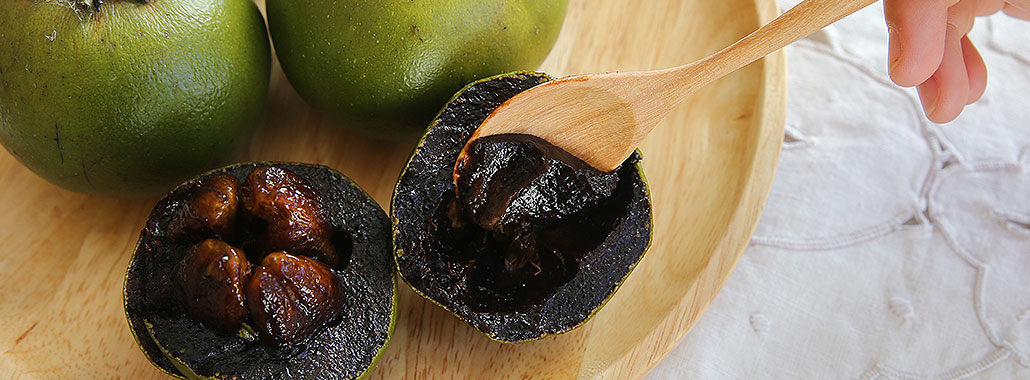
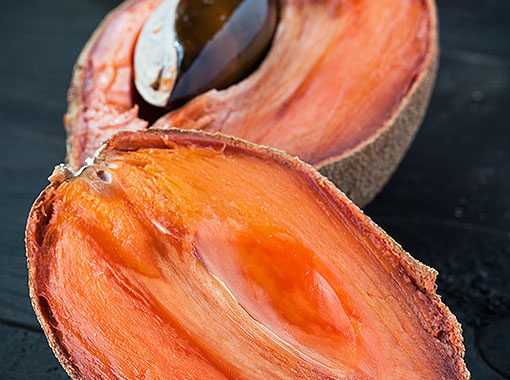
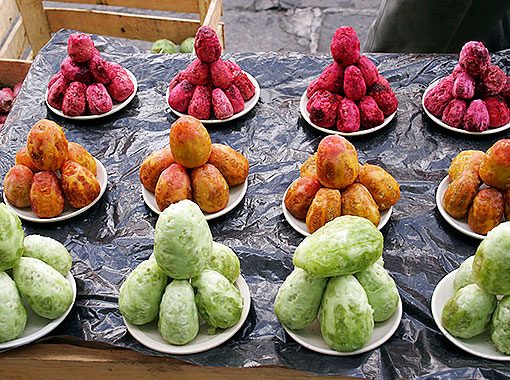
Don't Let the Name... Or Smell, Fool You!
ZAPOTE NEGRO. If you manage to look beyond this fruit’s discouraging dark insides, you’ll be in for a treat. One of the names it’s known as is “chocolate pudding fruit,” and once you get a taste of the perfectly ripe zapote negro you’ll know why: The creamy texture, the silky sweetness, the velvety richness… Who needs gelato when these things literally drop from the trees? Don’t be confused, though: The similarly named chicozapote, while extremely tasty in its own right, is a completely different fruit also found in markets around Mexico, though it’s not a staple at Palace Resorts.
STINKING TOE. With a name like that you just knew we were going to include it, right? The Courbaril or West Indian locust is a tree found all over the Caribbean, and its fruit is actually a legume, but one that emits a slightly unpleasant smell that is reflected in its common name.
Once you get past the weird aroma you’ll find a sweet pulp that can be consumed in a number of ways, particularly in a drink that resembles the horchata found in several Latin American countries. Though it’s not found at Moon Palace Jamaica, a short jaunt into downtown Ocho Rios and you’ll be able to pick it out because of its looks and that funky smell.
GUAYABA. You might have eaten guava paste, but the fruit in its raw form is a little hard to come by in the United States due to it being host to the Caribbean fruit fly. However, the variety known in markets as guayaba amarilla can be found all over southern Mexico, and it’s simply delicious: Its floral notes enhance the tangy, creamy sweetness of its yellow flesh, making it quite popular as a dessert or in a refreshing glass of Agua de Guayaba. It’s easy enough to confuse it with a lemon if you’re not careful, so ask a Palace Resorts server to pick it out for you when at the buffet.


